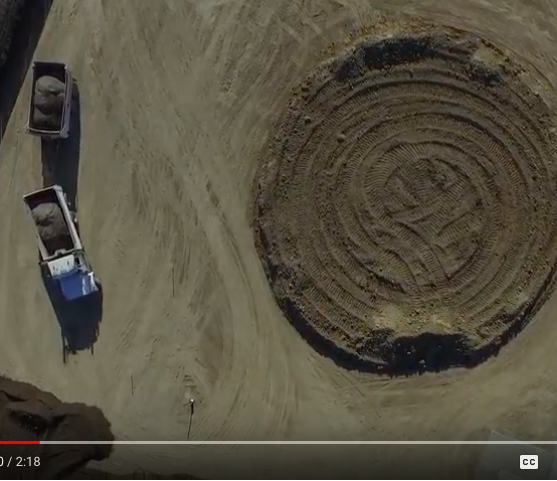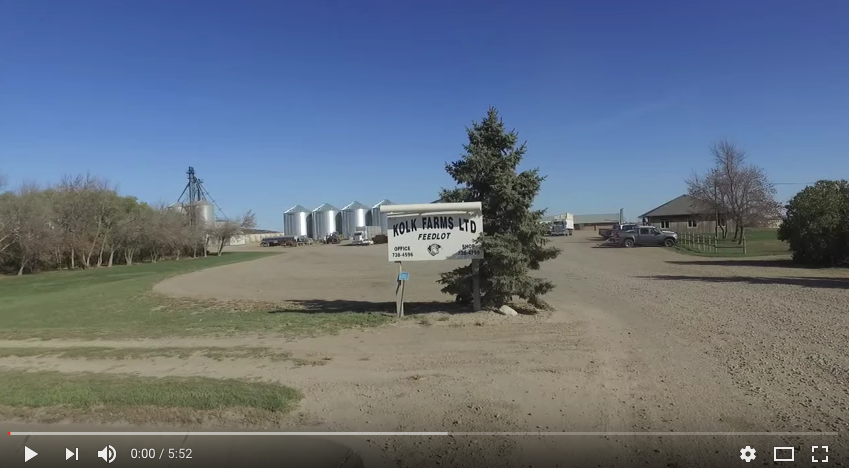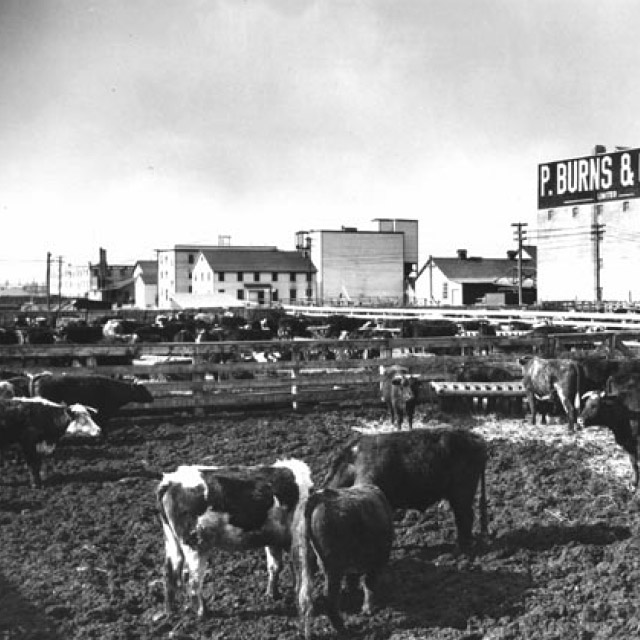Micro-machine helps reduce feedlot waste
Feeding cattle the best diet for growth is a complicated business. Now, new technology is making it not only easier to do but also more efficient.
Micro-machine technology enables cattle feeders to accurately measure individual additives or supplements that help cattle grow.
There are three primary constituents in cattle feed – the concentrate, which is typically grain; the roughage, or silage; and supplements, including minerals and vitamins. The makeup of the feed varies with the gender of the animal and how long it has been in the feedlot.
Most Canadian feedlots hire nutritionists to create a balanced feed plan for their livestock.
Once a nutritionist has decided on the optimum supplement blend, it is typically made into a custom pellet. These pellets are then mixed in with the grain and silage. A feedlot might have four or more different pellets formulated for use during different stages of the feedlot growth cycle.
Simon Cobban, manager of feedlot solutions at United Farmers of Alberta (UFA), said customizing feed for different groups of cattle can be wasteful. “If a feedlot operator wishes to increase the use of any given supplement, he must increase the number of pellets added to the feed. This means increasing all the supplements in that pellet and incurring a great deal of waste.”
How technology is reducing waste and improving accuracy
With micro-machine technology, cattle feeders can measure individual additives or supplements to within 1/100th of a gram. Once measured, these supplements are then sprayed directly onto the grain. It provides a much more accurate and homogenous mix than mixing in a pellet.
“The machines aren’t new, but the high capital cost puts them out of reach for most feedlots,” said Simon. “At UFA, we have a program for cattle feeders where we provide the machine at no cost, as long as they buy our feed, additives and supplements. We install the machine in a custom building, set it up, program it and maintain it. It makes this technology much more accessible.”
Initially, UFA’s micro-technology program was only available for feedlots that feed 10,000 or more head of cattle per year. It is now available to feedlots with 5,000 head, and it will soon be going down to 1,500 head.
“We currently service something like 60 to 65 per cent of the fed cattle in Western Canada,” said Simon. “We have 100 per cent customer retention, and we have quite a few smaller feedlots waiting for when we can reduce that threshold to 1,500.”
To learn about other ways technology is used in feedlot operations, read ‘How technology is helping improve feedlot efficiencies’.









Trackbacks & Pingbacks
… [Trackback]
[…] Here you will find 18124 more Info to that Topic: cattlefeeders.ca/micro-machine-helps-reduce-feedlot-waste/ […]
… [Trackback]
[…] Find More Information here to that Topic: cattlefeeders.ca/micro-machine-helps-reduce-feedlot-waste/ […]
… [Trackback]
[…] Information on that Topic: cattlefeeders.ca/micro-machine-helps-reduce-feedlot-waste/ […]
… [Trackback]
[…] Find More here on that Topic: cattlefeeders.ca/micro-machine-helps-reduce-feedlot-waste/ […]
… [Trackback]
[…] Find More here on that Topic: cattlefeeders.ca/micro-machine-helps-reduce-feedlot-waste/ […]
… [Trackback]
[…] Info to that Topic: cattlefeeders.ca/micro-machine-helps-reduce-feedlot-waste/ […]
… [Trackback]
[…] Find More to that Topic: cattlefeeders.ca/micro-machine-helps-reduce-feedlot-waste/ […]
… [Trackback]
[…] Info to that Topic: cattlefeeders.ca/micro-machine-helps-reduce-feedlot-waste/ […]
… [Trackback]
[…] Find More on on that Topic: cattlefeeders.ca/micro-machine-helps-reduce-feedlot-waste/ […]
… [Trackback]
[…] Find More on to that Topic: cattlefeeders.ca/micro-machine-helps-reduce-feedlot-waste/ […]
Comments are closed.